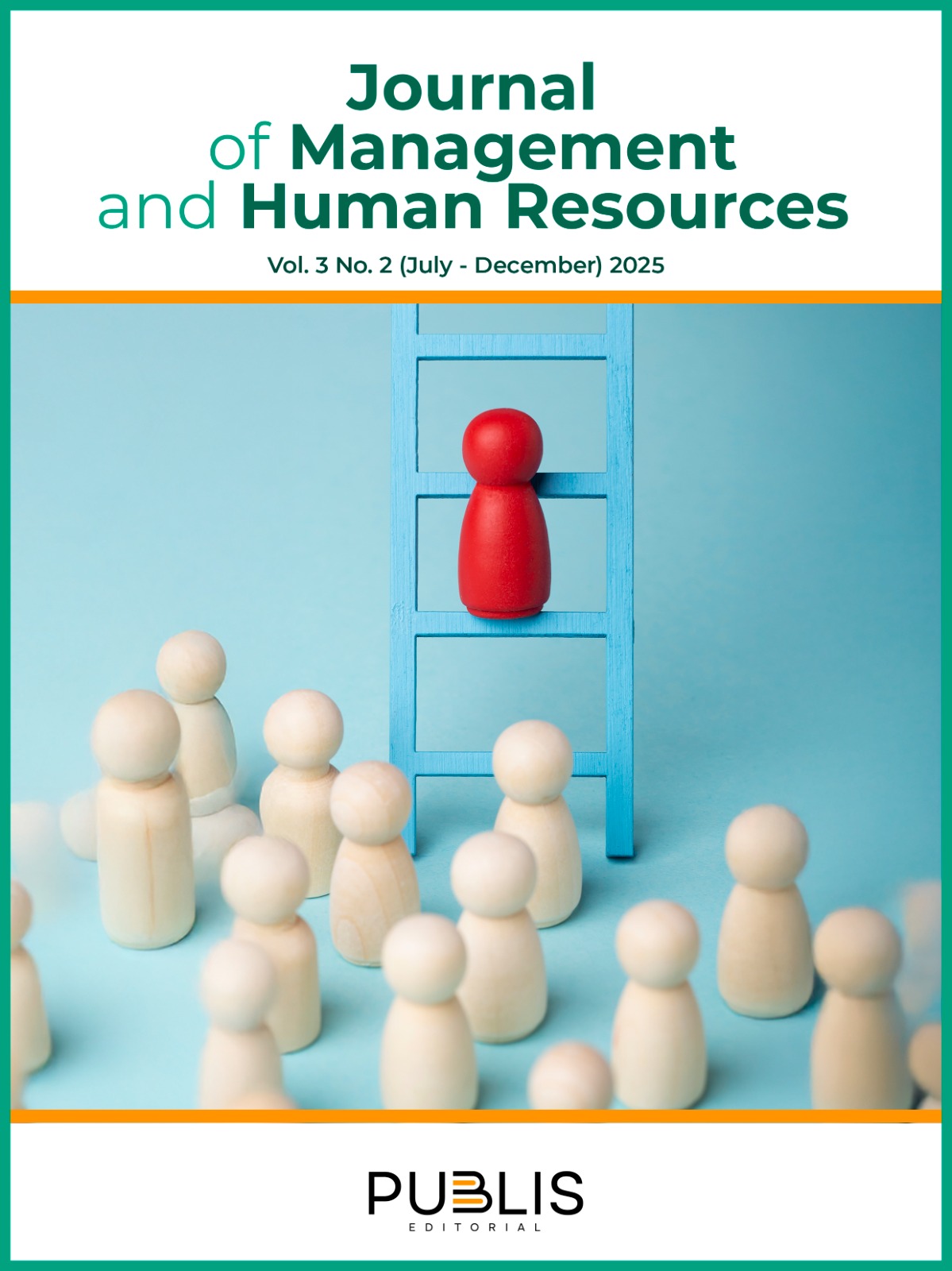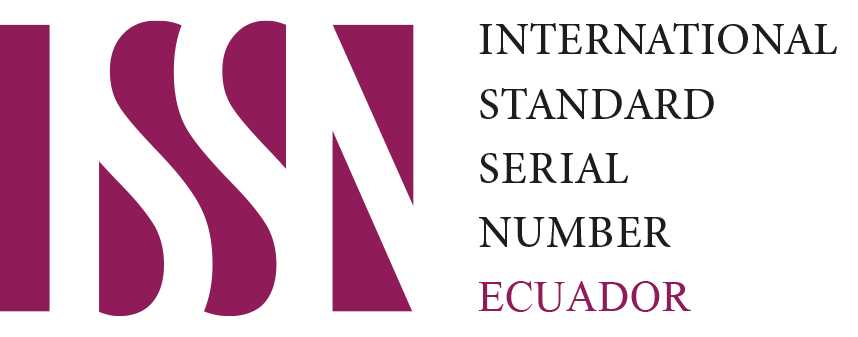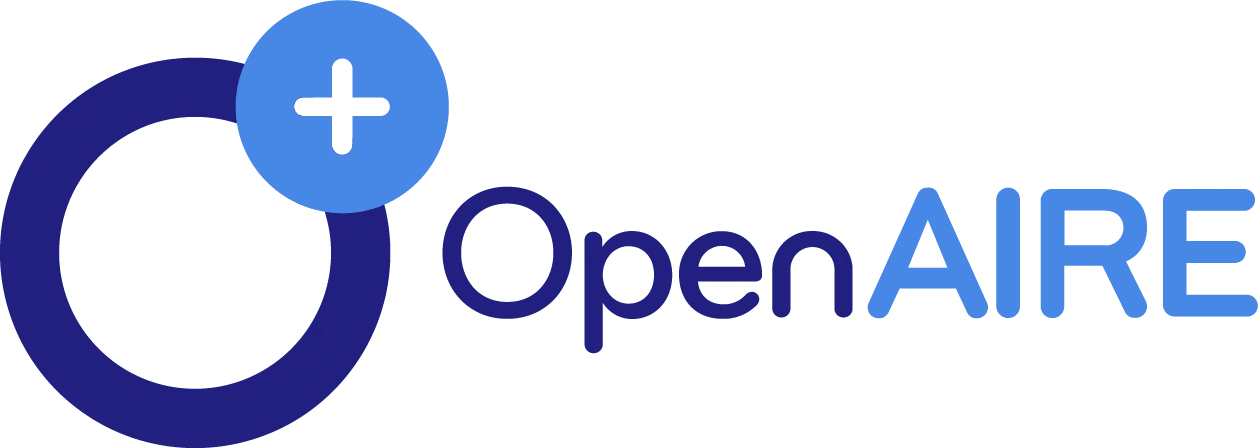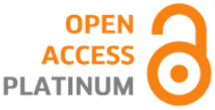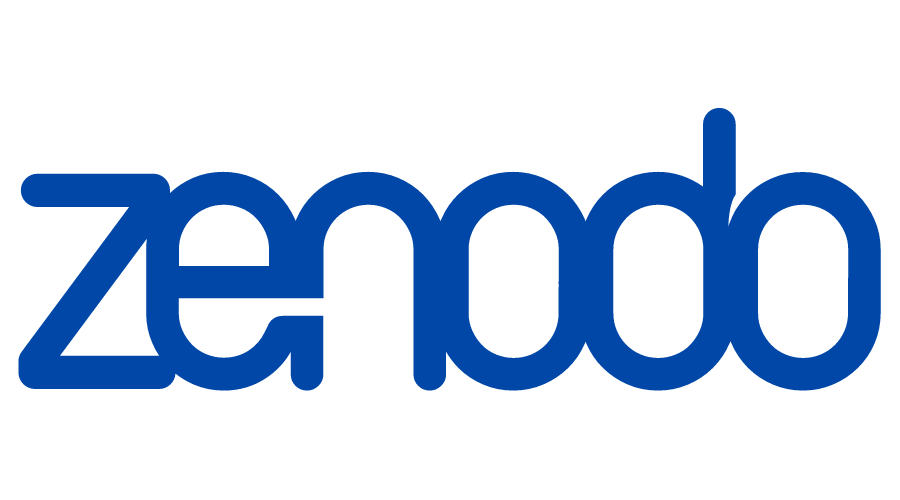Human capital and competitiveness: An analysis using AHP andfactor analysis
DOI:
https://doi.org/10.5281/zenodo.16744857Keywords:
human capital, competitiveness, analytical hierarchy, factor analysis, talent managementAbstract
This study examines the influence of human capital on organizational competitiveness using a mixed methodological approach that integrates the Analytic Hierarchy Process (AHP) and Exploratory Factor Analysis (EFA). The research is based on the design of a hierarchical model composed of seven key dimensions of human capital: technical training, soft skills, work experience, leadership, innovation, work commitment, and strategic alignment. These dimensions were evaluated through expert judgment and subsequently empirically contrasted through a survey of 227 professionals from various productive sectors. The results of the HPA revealed that the most strategically valued dimensions are technical training, soft skills, and work experience, while commitment and strategic alignment received less weight. The EFA allowed us to identify three latent factors that structure human capital: technical competence, socioemotional skills, and strategic commitment. The triangulation of both techniques revealed gaps between the technical perspective of experts and the lived experience of employees, especially regarding the role of commitment and adaptability in creating organizational value. That competitiveness depends not only on operational capabilities but also on attitudinal factors that strengthen the connection between human talent and the institutional mission. The proposed model provides a comprehensive and replicable tool for strategic decision-making in human talent management.
Downloads
References
Barney, J. (1991). Firm resources and sustained competitive advantage. Journal of Management, 17(1), 99–120. https://doi.org/10.1177/014920639101700108Is
Becker, G. S. (1994). Human capital: A theoretical and empirical analysis, with special reference to education (3rd ed.). University of Chicago Press. https://www.nber.org/books-and-chapters/human-capital-theoretical-and-empirical-analysis-special-reference-education-third-edition
Boon, C., Eckardt, R., Lepak, D. P., & Boselie, P. (2018). Integrating strategic human capital and strategic human resource management. The International Journal of Human Resource Management, 29(1), 34–67. https://doi.org/10.1080/09585192.2017.1380063
Delery, J. E., & Roumpi, D. (2017). Strategic human resource management, human capital, and competitive advantage: Is the field going in circles? Human Resource Management Journal, 27(1), 1–21. https://doi.org/10.1111/1748-8583.12137
Hair, J. F., Black, W. C., Babin, B. J., & Anderson, R. E. (2019). Multivariate data analysis (8th ed.). Cengage Learning.
INSEAD. (2022). Global Talent Competitiveness Index 2022. https://www.insead.edu/sites/default/files/assets/dept/fr/gtci/GTCI-2022-report.pdf
Kianto, A., Sáenz, J., & Aramburu, N. (2017). Knowledge-based human resource management practices, intellectual capital, and innovation. Journal of Business Research, 81, 11–20. https://doi.org/10.1016/j.jbusres.2017.07.018
Lawshe, C. H. (1975). A quantitative approach to content validity. Personnel Psychology, 28(4), 563–575. https://doi.org/10.1111/j.1744-6570.1975.tb01393.x
Marimuthu, M., Arokiasamy, L., & Ismail, M. (2009). Human capital development and its impact on firm performance: Evidence from developmental economics. The Journal of International Social Research, 2(8), 265 272. https://www.sosyalarastirmalar.com/articles/human-capital-development-and-its-impact-on-firm-performance-evidence-from-developmental-economics.pdf
Nyberg, A. J., Moliterno, T. P., Hale, D., & Lepak, D. P. (2014). Resource-based perspectives on unit-level human capital: A review and integration. Journal of Management, 40(1), 316–346. https://doi.org/10.1177/0149206312458703
Prada, M. F., Rucci, G., & Urzúa, S. (2019). Training, soft skills and productivity: Evidence from a field experiment (IZA Discussion Paper No. 12447). Banco Intera mericano de Desarrollo. https://docs.iza.org/dp12447.pdf
Saaty, T. L. (1980). The analytic hierarchy process. McGraw-Hill. Saaty, T. L. (2008). Decision making with the analytic hierarchy process. International Journal of Services Sciences, 1(1), 83–98. https://doi.org/10.1504/IJSS CI.2008.017590
World Economic Forum. (2023). Global competitiveness report 2023. https://ec.europa.eu/newsroom/rtd/items/795355/en
Wright, P. M., & McMahan, G. C. (2011). Exploring human capital: Putting “human” back into strategic human resource management. Human Resource Management Journal, 21(2), 93–104. https://doi.org/10.1111/j.1748 8583.2010.00165.x
Published
Data Availability Statement
All content published in the Journal of Management and Human Resources is available under the Creative Commons Attribution-NonCommercial-ShareAlike (CC BY-NC-SA 4.0) license. This allows for the reading, downloading, distribution, and citation of articles in any medium or format, as long as it is not for commercial purposes and appropriate credit is given to the authors.
Issue
Section
License
Copyright (c) 2025 Liset Cancio, Arlin Nardo (Author)

This work is licensed under a Creative Commons Attribution-NonCommercial-ShareAlike 4.0 International License.

